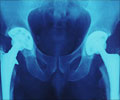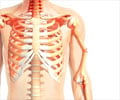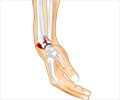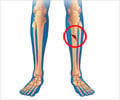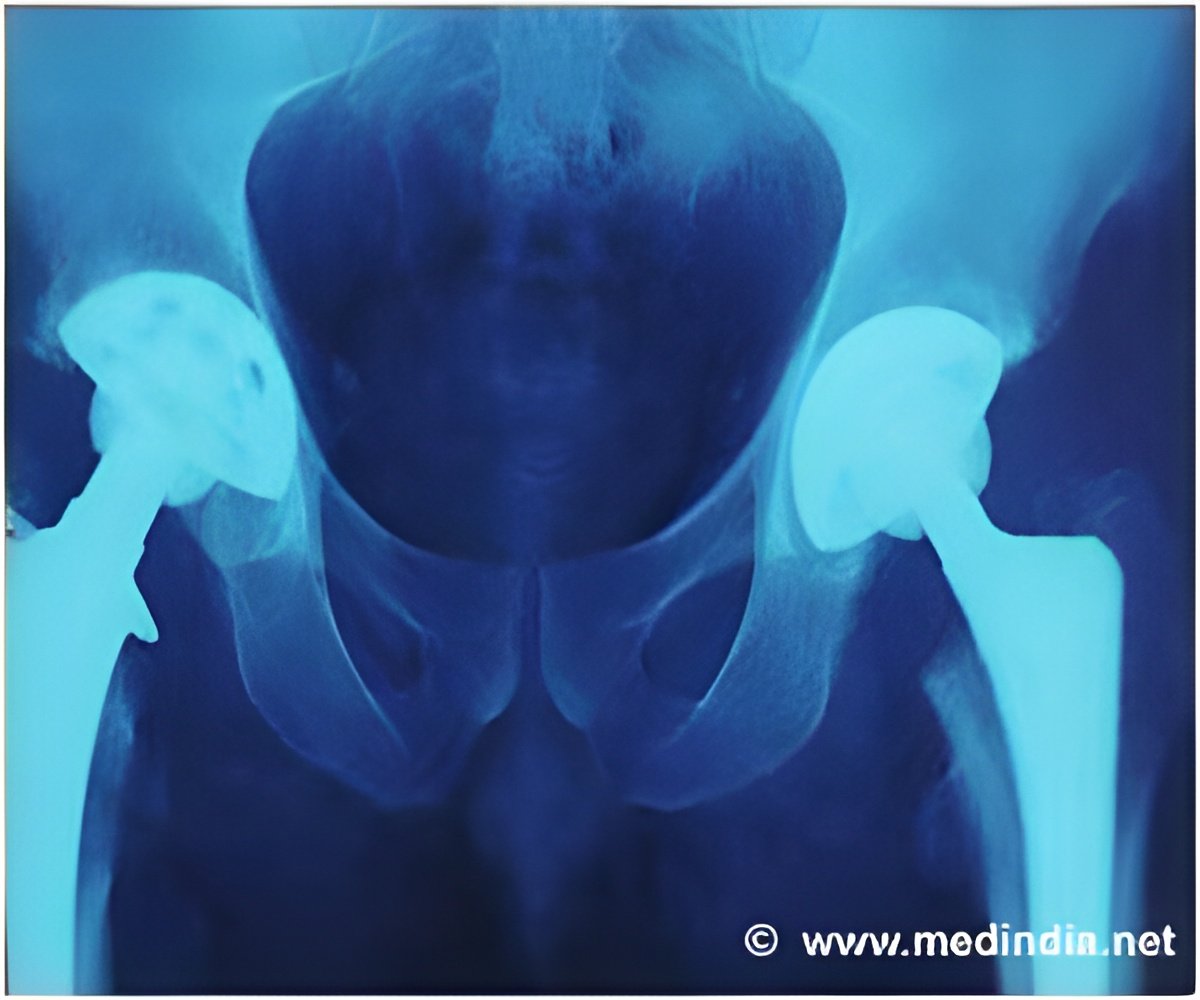
‘There is a need to explore complementary approaches to immediately prevent hip fractures in very high risk patients.’
Tweet it Now
Prevention of hip fracture is currently based on pharmacological
intervention together with regular physical activity, prevention of
falls, and correction of nutritional deficiencies, including vitamin D
repletion. However, the efficacy of the various measures to reduce hip
fractures is at most 50% and may need months or years before becoming
effective. Additional challenges include the high treatment gap (even among those who have already suffered a hip fracture) and that 50% or more of patients who are on pharmacological treatment discontinue it within a year. Clearly there are unmet needs for patients at imminent risk of hip fractures that need to be addressed, including exploring potential new approaches.
A new review authored by a European Society for Clinical and Economic Aspects of Osteoporosis, Osteoarthritis and Musculoskeletal Diseases (ESCEO)/International Osteoporosis Foundation (IOF) working group has looked at the presently available approaches for prevention of hip fracture and at potential future approaches to address unmet needs in very high-risk patients.
The panel discussions concluded:
- There is a need to explore complementary approaches to immediately prevent hip fractures in very high risk patients, particularly following a first hip fracture.
Advertisement
- A possible role of orthopaedic interventions in strengthening bone should be explored and discussed.
Advertisement
- Clinical studies aimed at demonstrating the benefits and safety profile of surgical approaches are however challenging - including the need to use clear surrogate markers for bone strength improvement and identification of the level of high risk most likely to benefit from the procedure.
- The frail elderly patient, who is the most likely to be in need of, and benefit from, fracture prevention is also the most susceptible to comorbidities, and pre- and post-surgery complications.
- Target patient and intervention thresholds for surgical options remain to be established in the context of risk-benefit analysis - overall, the benefits should be in line with the risks.
Professor René Rizzoli, lead author and Chair of the ESCEO Scientific Advisory Board said, "Given the very serious, indeed life-threatening, repercussions of hip fractures, we must do all we can to find effective strategies for prevention, including in the frail elderly. Notwithstanding the many challenges involved, the presently untapped potential of preventive surgical interventions for patients at imminent risk of hip fracture deserves further investigation by researchers in the field."
Source-Eurekalert


